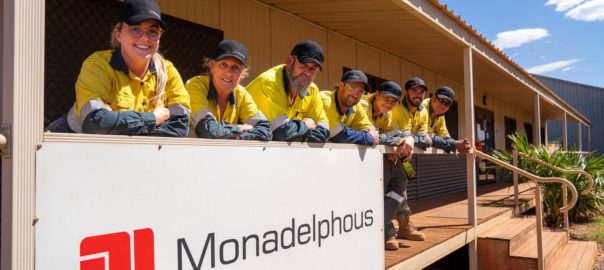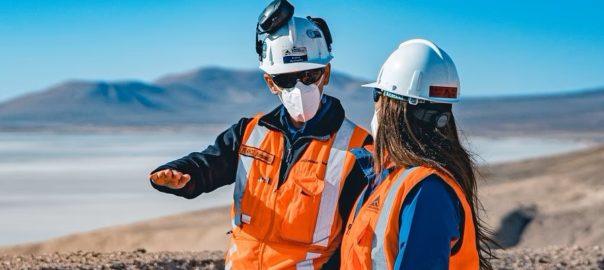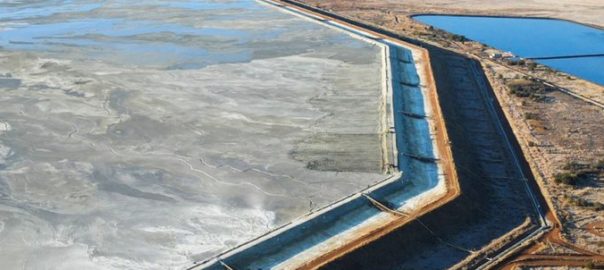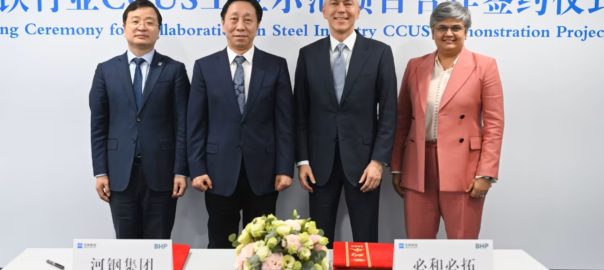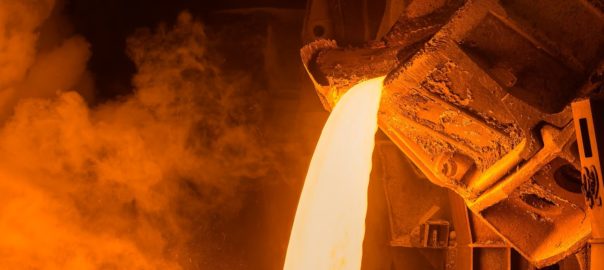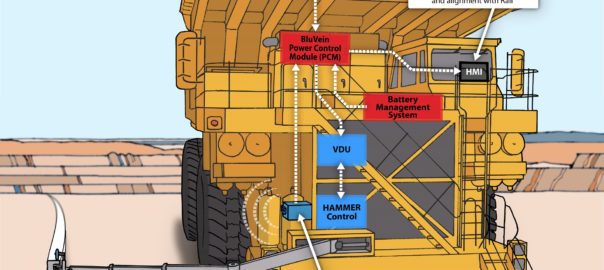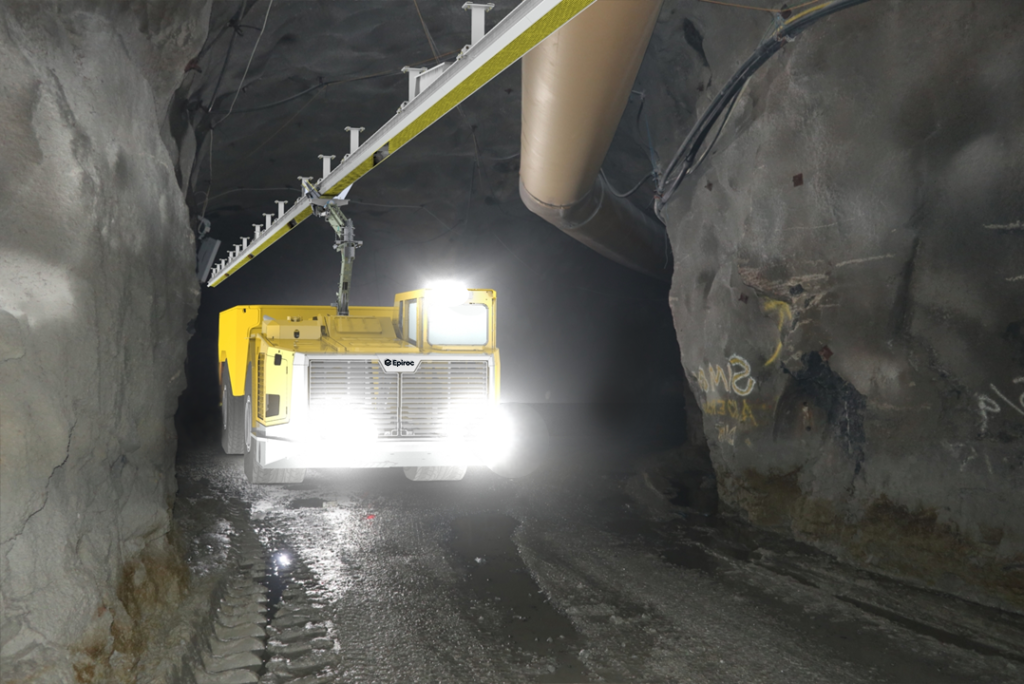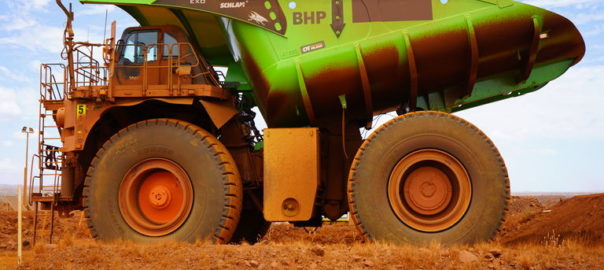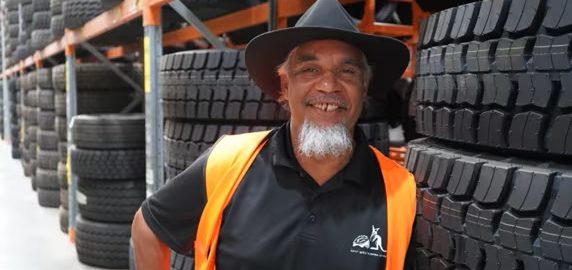Engineering company Monadelphous Group Limited says it has secured new contracts and contract extensions totalling approximately A$120 million ($83 million), banking work with Rio Tinto, BHP and South32, among others.
The company has secured two contracts with Rio Tinto under its Sustaining Capital Projects Panel Agreement to undertake upgrades to the conveyor gravity take-up systems at Tom Price and Cape Lambert Port A in the Pilbara region of Western Australia.
In addition, Monadelphous has been successful in securing a further three-year Framework Agreement for BHP’s Western Australian Iron Ore Asset Projects providing multidisciplinary works to BHP’s operations in the Pilbara region.
In Queensland, the company says it has secured a three-year contract with BHP Mitsubishi Alliance (BMA), with two one-year extension options, to continue providing shutdown and maintenance services and minor capital projects on BMA’s draglines and coal preparation plant operations in the Bowen Basin.
Finally, Monadelphous has been awarded a 12-month contract extension for the supply of major shutdown and mechanical services at South32’s Worsley Alumina operations in Western Australia.







